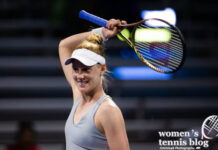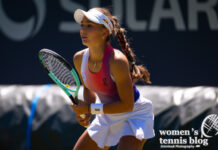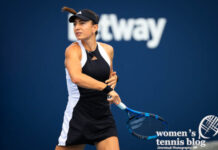This month’s column of tennis coach Marcin Bieniek focuses on the importance of getting out of your comfort zone and practicing tennis on different surfaces. Marcin points out technical, tactical, mental and physical benefits of not sticking to only one surface that you enjoy and feel good at, regardless of your tennis level and the surface you always compete at.
Several weeks ago we could admire professional tennis players competing in major tournaments on the hard courts in the USA where the game is characterized by quick rallies and many aces. Now the season moves to Madrid, Rome and finally Roland Garros, which means hustling on clay courts, before the players transitions to grass. Because many tournaments are held in different locations, should players at all levels train at different surfaces?
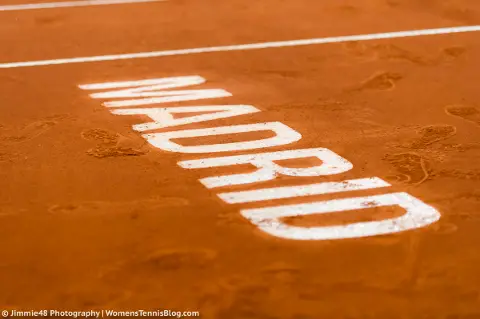
It depends on the country what the most popular tennis surface is. In the USA you rarely see different courts than hard courts. In Europe players mostly play on clay courts during summer time and change surface to hard court or carpet during winter time. There are pros and cons of every particular surface, but we can’t say that one surface is better than the other. That’s why it is really recommended to get as much experience as possible while playing on clay courts, hard courts, carpet courts and grass courts.
If you have different courts available, you should change surfaces to make big improvements in your game. Many players resign from changing surfaces, because of different reasons like impact on body, previous injuries, comfort of play or impact on balls. I understand people who play on softer surfaces to protect their body, but if you stay on one court only because you don’t win as much on the other one, it means you don’t want to improve. Top champions understand that to move forward they have to sometimes take a few steps back, so training on a surface that you don’t like is a good lesson that has an impact on many areas of tennis development.
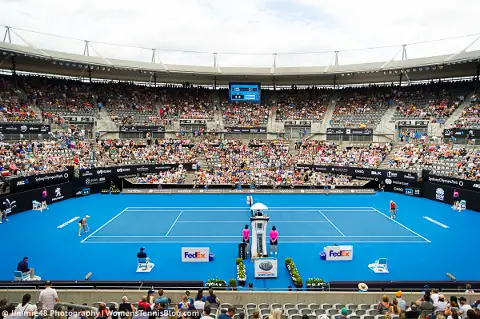
I am not pro. I don’t play tournaments on other surfaces. What’s the point to waste time practicing in environment that I don’t compete in?
These words are famous among players who are scared of going into uncomfortable position. They like to do only what they are good at. That’s not the best approach for athletes who should strive to be better every day. Playing on different surfaces provides many opportunities to grow technically, tactically, mentally and physically. Every new experience guarantees that your skills go up and you become better than you would be while playing all the time on the same surface. What in particular are these benefits?
Technical benefits
Faster courts give less time for reaction than slower courts. That is why players have to adapt their technique to the surface, in order to be able to play their best and achieve great results on the court. Moreover, hard courts provide nice bounces, while clay courts “surprise” players from time to time, so responses to deep balls should vary from half-volleys on hard courts to moving back and hitting with more spin on clay courts.
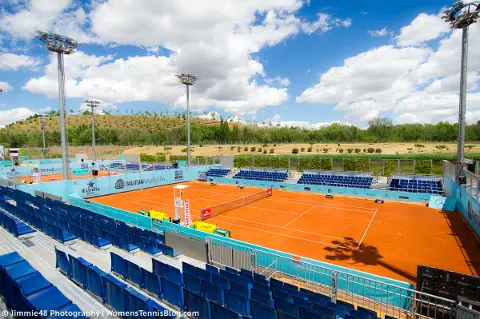
Tactical benefits
Playing on grass/carpet? Great, you should use more slice serves and don’t be scared of using slice during the rally to keep the ball skidding away from the opponent. Playing on hard court? Make sure you are offensive, because fast surface provides opportunity to finish the point earlier. Playing on clay court? Without good topspin and consistency you can’t be successful here.
Mental benefits
Different surfaces require different mental skills to achieve great results. Faster surfaces put more emphasis on focus, while slower surfaces favor patience because of longer rallies and matches. That is why when you train on different surfaces you also improve different mental skills that make you a much better player. It is not only about strokes – it is about overall development.
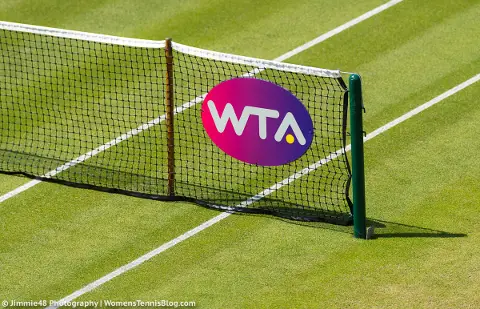
Physical benefits
When you train on different surfaces, you don’t limit your physical improvement. You work all the time on factors like specific footwork, speed, reaction, power and stamina, to name a few. It simply means that with proper amount of practice you won’t have weaknesses in your fitness side and as you know good physical preparation not only helps you to play better but also keeps you away from nasty injuries.
If you have a possibility to play on different surfaces, always go for it. It is not only about the score – it is about improvement and dealing with youe weaknesses. If you struggle on one surface, work on this weak area during practice to make sure that you can get on the court anytime and anywhere and play your best tennis.
Marcin Bieniek is a professional tennis coach, currently working with a Top 60 ITF player, and founder of instructional website TennisIsland.us. Marcin is the author of Enjoy Tennis Blog and a frequent contributor to TennisPro and TenisKlub magazines. Moreover, Marcin was a speaker at International Coaching Tennis Symposium 2016 at Hilton Head Island, USA.
MORE ARTICLES BY TENNIS COACH MARCIN BIENIEK:
- 3 simple products parents miss to buy to help their kids excel in tennis
- How to improve reaction skills in offensive, fast-paced tennis
- How to control anger and frustration to win a tennis match
- Tennis tips: 3 areas that cost you too many points
- How to practice serve the right way
- Coaching tips: How to avoid mistakes in tennis
- Things to (not) do on vacation to improve your tennis game
- How to translate your tennis practice into match wins
- How to build team spirit in tennis
- How to become a master of claycourt tennis
- How to make your serve more effective
- How to choose the best tennis racquet to fit your level, playing style and body type
- How to handle playing tennis in sunny conditions and even take it to your advantage
- 5 portable fitness tools for serious tennis players
- Best foam roller exercises for tennis players

